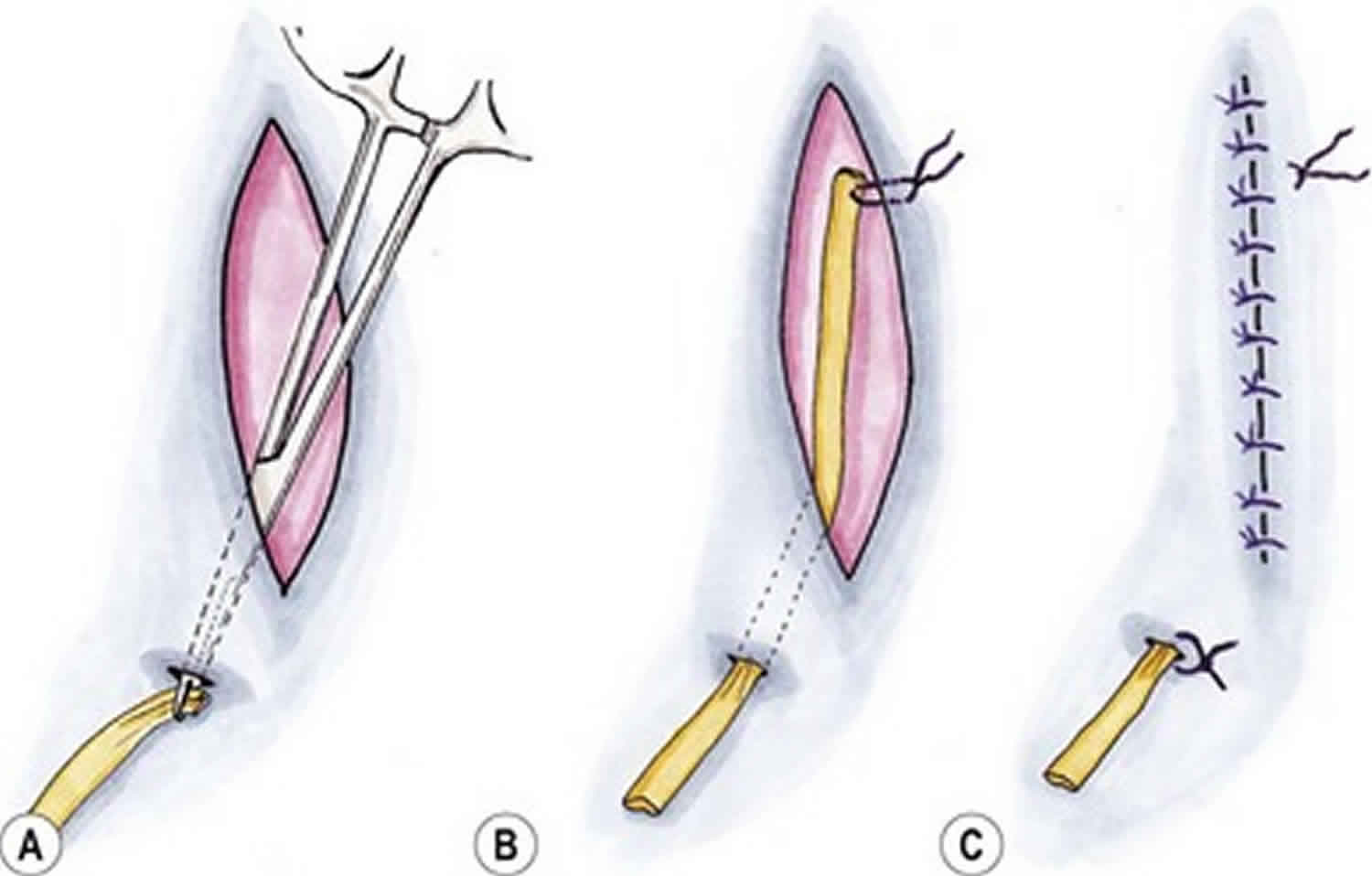Penrose drain
Penrose drain is a soft, flat, flexible tube made of latex that is surgically placed in a wound to drain fluid. Penrose drain doesn’t have a bulb. Instead, the end of the tube is open and the fluid is allowed to drain onto a dressing taped to your skin. Penrose drain consists of a soft rubber tube placed in a wound area, to prevent the build up of fluid. Penrose drain lets blood and other fluids move out of the area of your surgery. This keeps fluid from collecting under your incision (surgical cut) and causing infection.
Penrose drain may be kept in place next to your skin with a stitch or a safety pin in the tube. If you have a Penrose drain, the fluid or clot should move into the (gauze bandage) around it. Penrose drain can also be used to drain cerebrospinal fluid to treat a hydrocephalus patient. The penrose drain is inexpensive and widely available. It is also easily removable during outpatient care after surgery.
How long you have your drain depends on your surgery and how much fluid is draining from your incision. As your incision heals, you will have less fluid. When no fluid drains from your Penrose drain for 24 hours, contact your doctor to make an appointment to remove it.
Call your doctor or seek immediate medical care if:
- You have signs of infection, such as:
- Increased pain, swelling, warmth, or redness around the area.
- Red streaks leading from the area.
- Pus draining from the area.
- A fever of 100.4 °F (38 °C) or higher
- You see a sudden change in the color or smell of the drainage.
- The tube is coming loose where it leaves your skin.
Watch closely for changes in your health, and be sure to contact your doctor or nurse call line if:
- You see a lot of fluid around the drain.
- You cannot remove a clot from the tube by milking the tube.
Instructions for changing your dressing
Change your dressing 2 times every day and anytime it’s wet or loose. It’s best to change it around the same time every day.
Every time you change your dressing, write down the following information:
- How much drainage is on the gauze? For example, is it about the size of a dime, a quarter, a lime, or an orange?
- What color is the drainage? For example, is it bright red, dark red, pink, brown, or yellow?
- Does the drainage have any odor (smell)? For example, does it smell foul, sweet, or musty?
You can use the drainage log at the end of this resource. Bring your drainage log to each of your appointments.
Gather your supplies
Before you take your dressing off, gather the following supplies:
- Clean, soft wash cloth
- Soap
- 2 sterile 4-inch by 4-inch (4×4) gauze
- Paper tape
- 1 pair of nonsterile gloves
If your gauze doesn’t already have a cut in it, you will also need a clean pair of scissors.
Change your dressing
It’s a good idea to change your dressing near a sink. You will need to clean the area around your incision with soap and water.
- Clean your hands.
If you’re washing your hands with soap and water, wet your hands and apply soap. Rub your hands together well for 15 seconds, then rinse. Dry your hands with a disposable towel. Use that same towel to turn off the faucet.
If you’re using an alcohol-based hand sanitizer, be sure to cover all of your hands with it. Rub your hands together until they’re dry. - Carefully remove your dressing. Look at the color and amount of drainage and notice any odor before you throw it away. Write down what you see and smell in the drainage log at the end of this resource.
- Look at and feel your skin around where the drain is inserted. If you have any tenderness, swelling, or pus, call your doctor’s office. These could be signs of an infection.
- Clean your hands again. Follow the instructions in step 1. Then, put on the nonsterile gloves.
- Use the wash cloth, soap, and water to clean the skin around and under your Penrose drain. Be careful not to pull it out. Wipe away any remaining soap and dry your skin well.
- If the 4×4 gauze doesn’t already have a cut in it, use the clean scissors to make a cut in one of the gauzes. The cut should start in the center of one side and go to the middle of the gauze pad.
- Put the cut 4×4 gauze under your Penrose drain (see Figure 1). Your Penrose drain with the safety pin in place should lie flat on top of the gauze.
- Cover your Penrose drain with the other 4×4 gauze.
- Secure the gauze with paper tape.
- Take off your gloves. Throw them away.
- Clean and dry your hands. Follow the instructions in step 1.
Follow your nurse’s instructions for going back to doing your usual activities and following your usual diet.





